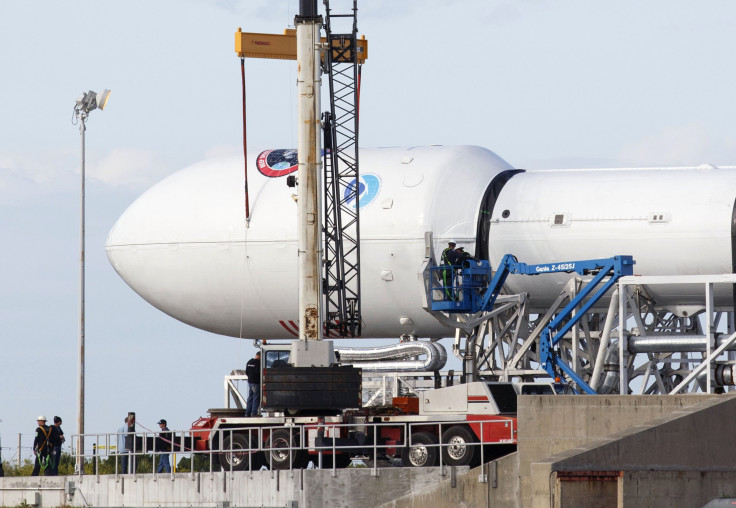NASA’s next-generation megarocket targets astronauts, observatories and larger probes on Mars, near-Earth asteroid

NASA informed members of the US Congress on Tuesday, July 28, plans to launch a megarocket to bring astronauts to Mars and explore Jupiter’s moon Europa and a near-Earth asteroid in 2020s. The Space Launch System, or SLS megarocket, will fly with unmanned spacecraft toward the moon in 2018, capable to launch space observatories for interplanetary explorations and reduce eight-year travel to Jupiter to less than three years.
The launch vehicle, SLS megarocket, instead of currently available rockets, could aid further deep-space astronomy, John Grunsfeld, associate administrator of NASA's Science Mission Directorate, said. NASA develops the rocket to launch entire space observatories and spacecraft, and carry larger and more powerful space telescopes in the space.
Using SLS, with its capability to loft a 77-ton spacecraft, could dramatically reduce interplanetary travel times due to its thrust powerful than Saturn V rocket that previously brought astronauts to the moon, Grunsfeld told members of the U.S. House of Representatives' Science, Space and Technology Committee during a hearing titled "Exploration of the Solar System: From Mercury to Pluto and Beyond.”
"My view is that the Space Launch System will be transformative for science," he said. The first launch of SLS in 2018 will send an unmanned Orion capsule, a multipurpose spacecraft that can take six astronauts into space and was designed to launch on SLS rocket, on a journey around the moon and possibly Mars. Following the launch, NASA plans to send astronauts for the first time in 2021 or so to a near-Earth asteroid dragged by a robotic probe into orbit around the moon, through the rocket.
At present, NASA is developing the Europa flyby craft to explore Jupiter's ocean-harbouring moon together with other space craft that will fit in the SLS. Grunsfeld stated the agency aims to launch flyby mission to Jupiter's moon Europa in the early to mid-2020s. The SLS instead would bring the probe to the Jupiter system from about eight years to less than three years, Grunsfeld said.
NASA officials added the rocket could bring more fuel for orbiters and surface craft other than previous rockets used by NASA on launching spacecraft into explorations. "SLS is going to really help us enable [such] space missions,” New Horizons principal investigator Alan Stern, said during the hearing, and hopes that the SLS megarocket may “return to the Pluto system and the Kuiper Belt.”
Contact the writer at feedback@ibtimes.com.au





















